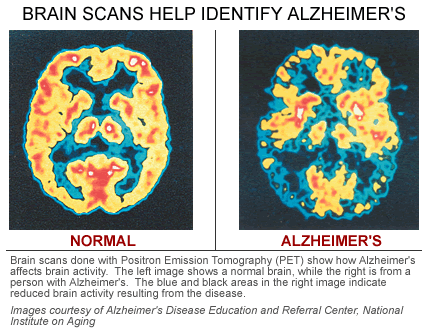I received this press release/letter to the editor today from the National Private Duty Association’s Michigan Chapter. I thought you would appreciate seeing the honest truth about Michigan’s proposed service tax. Though it will raise funds, it will hurt many for generations to come.
—–
Dear Editor:
The voice of Private Duty Home Care, The National Private Duty Association – Michigan Chapter, finds it appalling that our lawmakers are considering a service tax in an effort to overcome spending short-falls from years of poor fiscal responsibility. Though raising taxes is a viable way to tackle the deficit, the strain of higher costs will be felt by a rapidly aging population.
The so-called “luxury tax” currently being debated holds its greatest flaw in that the majority of services to foot the bill are far from the category of luxurious. For seniors, taxing needed services which help the elderly age in place begs the question, “If a service tax is implemented, how many seniors will no longer be able to afford basic care services they require to live in their homes?”
A recent survey, which had its results published in the New York Times in August, found that in America a full ninety-percent of seniors desire to live, and age, in their homes. For many, this can only happen with the help of businesses who specialize in keeping seniors safely in their place of residence. From basic home maintenance to in-home care, the cost of living at home continues to rise for seniors.
Over the next fifteen years, the number of seniors in Michigan will increase by 41%, bringing a full 500,000 adults above the age of 65 by the year 2020. According to the Michigan Community for a Lifetime study completed by Michigan State, “…communities must make a commitment to ‘ease the way’ for this population group.” The proposed service tax does not ease the way for seniors to continue living independent and productive lives in the State of Michigan. (more…)
